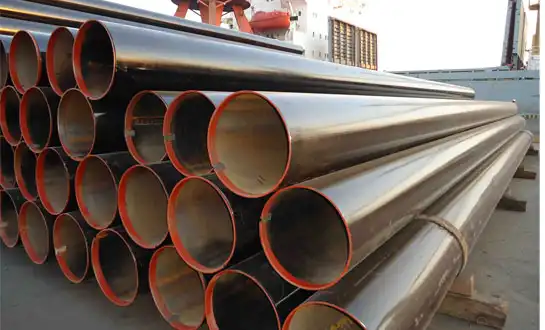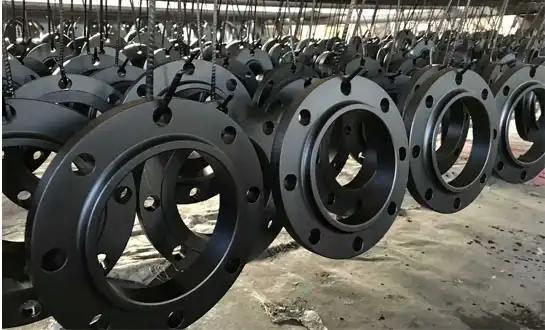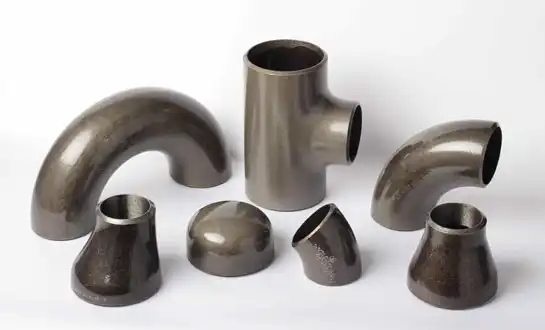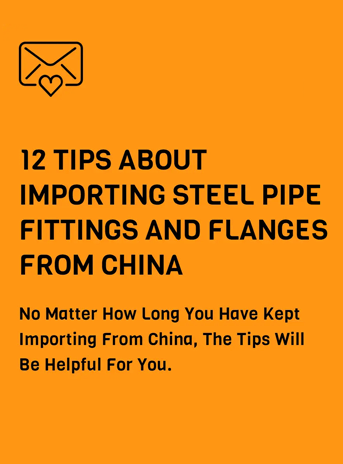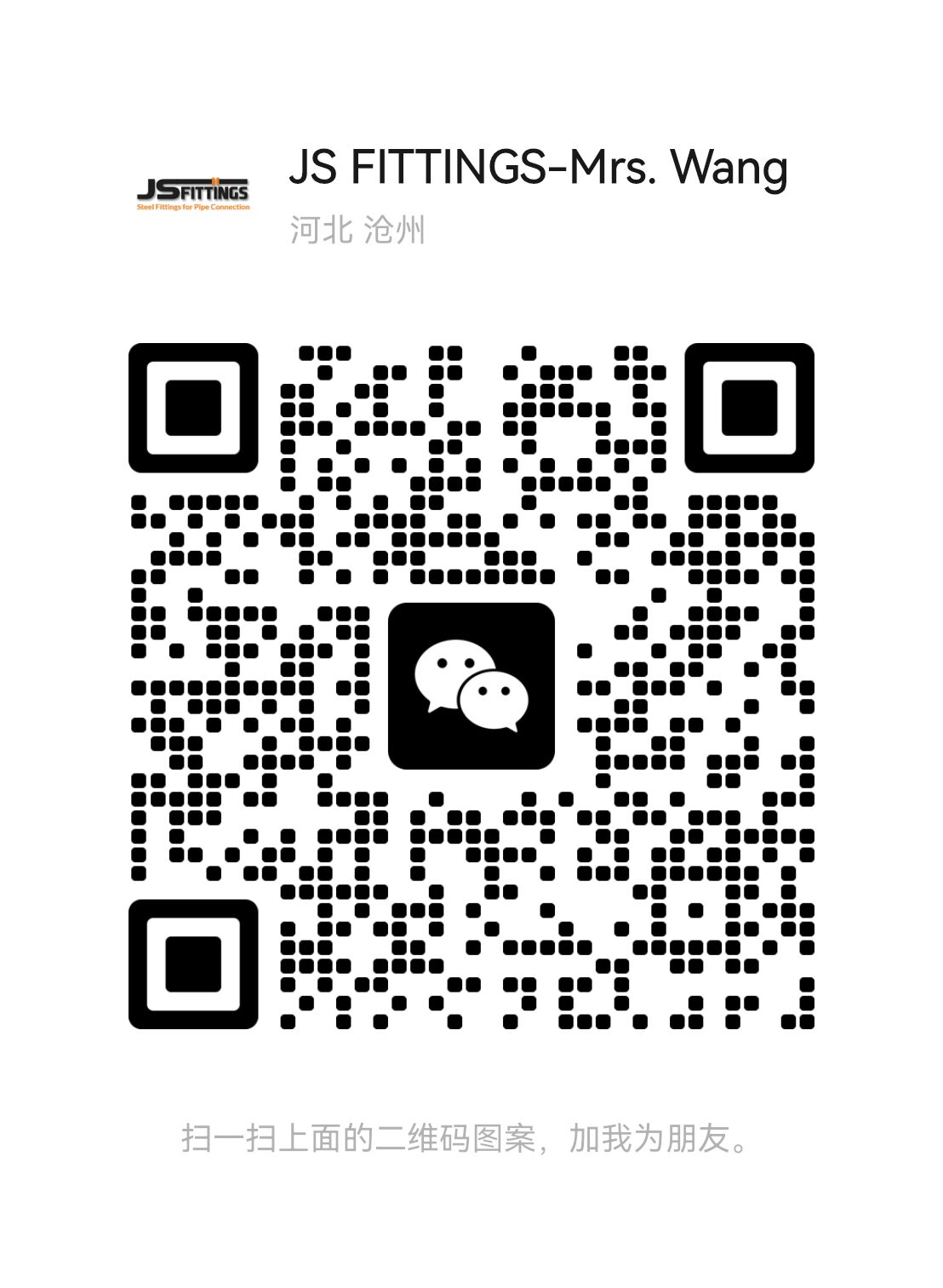Step-by-Step Guide to Ordering Custom Pipe Bends from Manufacturers
Ordering custom pipe bends from manufacturers requires a systematic approach that ensures your specific project requirements are accurately communicated, properly quoted, and successfully delivered to meet installation schedules and performance expectations. When you buy custom angle pipe bends, there are a few important steps you need to take. Some of these steps are making specs, picking a seller, going over the technical details, comparing prices, putting the order, making sure quality is checked, and taking the delivery. Unlike standard catalog items, custom angle pipe bends demand collaborative engineering between buyers and manufacturers to translate project needs into manufacturable specifications that balance technical performance, economic constraints, and practical fabrication capabilities. Successful procurement begins with comprehensive understanding of your application requirements including pipe diameter, wall thickness, material grade, bend angle, bend radius, tangent lengths, end preparation, and any special testing or documentation needs.
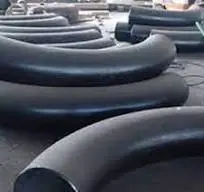
Preparing Technical Specifications for Custom Angle Pipe Bends
Defining Dimensional Requirements and Tolerances
Accurate dimensional specifications form the foundation of successful custom angle pipe bends procurement, as manufacturing cannot proceed without precise information defining the physical characteristics of required components. Begin by documenting nominal pipe size using standard designation systems such as NPS for North American projects or DN for metric applications. Wall thickness specification requires careful consideration of pressure rating requirements, corrosion allowances, and mechanical loading conditions, with standard schedules like Schedule 40 or Schedule 80 providing convenient specification language. Bend angle represents the most critical dimension for custom angle pipe bends, measured as the included angle between tangent centerlines extending from bend terminations, requiring precise specification to ensure proper fit-up with adjacent piping or equipment connections. Tolerances for bend angles typically range from plus or minus 0.5 degrees for precision applications to plus or minus 2 degrees for less critical services. Bend radius specification defines the curvature measured to the pipe centerline, commonly expressed as multiples of nominal diameter such as 3D, 5D, or 7D radius, with larger radii improving flow characteristics and reducing fabrication stresses.
Selecting Materials and End Preparation
Material selection for custom angle pipe bends must align with service conditions while considering availability, cost implications, and fabrication compatibility. Carbon steel materials including ASTM A106 Grade B or API 5L specifications serve the majority of industrial applications operating below 400°F with non-corrosive fluids, offering economical solutions with excellent weldability. Alloy steel specifications such as ASTM A335 grades become necessary for elevated temperature services where carbon steel would experience excessive creep deformation or oxidation. Stainless steel grades ranging from basic 304L and 316L austenitic materials to duplex alloys address corrosive environments or applications requiring specific mechanical properties. End preparation specifications for custom angle pipe bends establish how pipe terminations will be finished to facilitate field installation through welding, threading, or mechanical connections. Beveled ends represent the most common preparation for welded piping systems, with bevel angles typically specified as 37.5 degrees included angle creating proper weld joint geometry. Surface finish criteria apply to both the inside and outside of pipes. They decide the hardness levels that are allowed. Finishes that are smoother reduce friction losses and make pipes less likely to rust.
Specifying Quality and Documentation Requirements
Traceability requirements determine the level of documentation needed to verify material compliance, ranging from manufacturer certificates to third-party mill test reports to specific heat traceability enabling components to be tracked to original steel production records. Mechanical property requirements including minimum yield strength, tensile strength, elongation, and impact toughness may exceed standard specification minimums for critical applications, requiring manufacturers to certify that custom angle pipe bends meet enhanced properties through material selection, heat treatment, or testing protocols. Non-destructive examination requirements specify inspection methods such as ultrasonic testing, radiography, or magnetic particle examination that will verify internal and surface integrity of custom angle pipe bends. Marking requirements establish how components will be identified with heat numbers, material grades, dimensions, and manufacturer identification using low-stress stamping, ink stenciling, or metal tags depending on material thickness and temperature service.
Evaluating and Selecting Custom Angle Pipe Bends Manufacturers
Assessing Manufacturing Capabilities and Quality Systems
Manufacturer evaluation begins with verifying that prospective suppliers possess appropriate equipment, technical expertise, and quality management systems necessary to produce custom angle pipe bends meeting your specifications. Fabrication equipment capabilities determine what sizes, materials, and bend configurations manufacturers can produce, with induction bending machines, mandrel bending equipment, or hot bending facilities each suited to different ranges of pipe dimensions. Quality certifications including ISO 9001:2015 demonstrate that manufacturers maintain documented management systems covering design control, procurement, production, inspection, and corrective action processes ensuring consistent quality. Industry-specific certifications such as API monograms, ASME code stamps, or Pressure Equipment Directive compliance indicate manufacturer qualification for particular applications or regulatory jurisdictions. A manufacturing capacity evaluation checks to see whether suppliers can meet your project's timetable. This is very important for big sales or fast shipping.
Reviewing Technical Competence and Comparing Quotations
Technical competence evaluation examines whether manufacturers understand your application requirements and possess expertise necessary to recommend optimal solutions for custom angle pipe bends in your specific service conditions. Manufacturers' ability to help with specification formulation, feasibility analysis, and problem-solving when technical concerns come up depends on their engineering support skills. Manufacturers know what the industry needs and how to meet those needs since they have worked on comparable projects before. Reference checks with current customers may provide you an idea of how well a manufacturer does when it comes to quality consistency, delivery dependability, and technical response. Quotation evaluation extends beyond simple price comparison to consider total cost of ownership including component pricing, transportation, quality assurance, documentation, and lifecycle performance. Base pricing for custom angle pipe bends typically reflects material costs, manufacturing labor, and overhead allocation, varying significantly based on production volume and delivery schedule. Transportation costs depend on component weight, shipping distance, and delivery urgency. Documentation and testing charges cover mill test reports, dimensional inspection reports, and non-destructive examination required by specifications.
Finalizing Supplier Selection
Geographic considerations influence transportation costs, delivery times, and communication effectiveness, with local manufacturers offering advantages for smaller orders while international suppliers may provide cost benefits for large volume procurements. The question about the makers' financial security makes sure that they can keep their businesses going even if they need expert help or new parts. This way, orders can be filled and guarantees can be honored. Value engineering suggestions from experienced manufacturers may identify opportunities to reduce costs, improve performance, or simplify installation through alternative specifications that achieve project objectives more effectively than original requirements. Delivery schedules must align with project installation sequences, as delays disrupt construction progress while excessively early deliveries create storage requirements and potential damage risks requiring protection of custom angle pipe bends during extended site laydown periods.
Managing Order Placement and Quality Assurance
Finalizing Purchase Orders and Technical Documentation
Purchase order preparation consolidates all specifications, agreements, and commercial terms into comprehensive documents governing the transaction and establishing clear expectations between buyers and manufacturers. Technical specification attachments reference detailed requirements including material standards, dimensional tolerances, testing protocols, and documentation needs, ensuring complete information transfer without ambiguity during fabrication of custom angle pipe bends. Inspection and testing requirements specify what quality verification activities will occur, who will perform them, whether witnessing is required, and what documentation will be provided. Drawing approvals for complex custom angle pipe bends require manufacturers to submit fabrication drawings showing detailed dimensions for buyer review before production. Delivery terms using Incoterms establish responsibilities for transportation, insurance, customs clearance, and risk transfer between parties. Change order procedures define how specification modifications or schedule revisions will be handled after initial purchase orders are placed.
Coordinating Manufacturing Surveillance and Managing Delivery
Quality assurance coordination during fabrication verifies that custom angle pipe bends conform to specifications through planned inspection activities conducted at appropriate manufacturing stages. Source inspection planning identifies critical manufacturing steps requiring verification, such as material receipt inspection, dimensional measurements after bending, and non-destructive examination. Inspector qualifications ensure personnel conducting examinations possess appropriate training and certifications. Inspection and test plans submitted by manufacturers describe detailed quality control procedures and acceptance criteria that will be followed during production. A lot of the time, progress updates include information about how the work is going, how good the results are, and how well the plan was followed. This will keep you out of danger. You can avoid trouble this way. Delivery coordination ensures custom angle pipe bends arrive at project sites when needed, in proper condition, with complete documentation. Packaging requirements keep parts safe while they are being shipped and stored. Receiving inspection procedures verify that delivered custom angle pipe bends match purchase order specifications and are free from shipping damage before releasing payment.
Conclusion
Successfully ordering custom angle pipe bends from manufacturers demands careful specification development, thorough supplier evaluation, and proactive quality coordination throughout procurement cycles. Following systematic methods makes sure that the parts provided suit the project's demands and don't cause expensive delays. HEBEI RAYOUNG PIPELINE TECHNOLOGY CO., LTD. simplifies procurement through expert technical support, ISO 9001:2015 quality systems, and comprehensive certifications including GOST-R and SGS compliance, delivering dependable solutions worldwide.
FAQ
1. How long does it take to manufacture custom angle pipe bends?
Manufacturing lead times typically range from 2-8 weeks depending on pipe diameter, material availability, specification complexity, and manufacturer workload. Rush orders may be accommodated at premium pricing while large quantities extend standard timelines.
2. What information is required to request a quotation?
Quotation requests should include nominal pipe size, wall thickness, material grade, bend angle, bend radius, tangent lengths, quantity, delivery location, and required delivery date. Additional details about end preparation and testing requirements improve quotation accuracy.
3. Can manufacturers provide engineering assistance with specifications?
Reputable manufacturers give technical help for custom angle pipe bends by going over the requirements, advising the best bend parameters, pointing out possible problems with the fabrication, and providing alternatives that will increase performance or save costs.
4. What quality documentation should I expect with delivery?
Custom angle pipe bends typically include mill test reports certifying material properties, dimensional inspection reports verifying bend angles, and non-destructive examination records when specified. Heat treatment charts or third-party certification may be part of the extra paperwork.
HEBEI RAYOUNG PIPELINE: Your Trusted Custom Angle Pipe Bends Manufacturers
At HEBEI RAYOUNG PIPELINE TECHNOLOGY CO., LTD., we streamline the custom angle pipe bends ordering process through responsive communication, technical expertise, and commitment to quality. As one of the top makers of pipes and fittings, we aid clients from the first question to the final delivery. We help them come up with the best requirements and make sure that custom angle pipe bends are delivered on time and to the highest standards. We can make carbon steel, alloy steel, and stainless steel parts with diameters from 2 to 48 inches and whatever bend angle you need. Our quality management system is ISO 9001:2015 certified, and we have GOST-R certification and SGS compliance documents.Contact us today at info@hb-steel.com to discuss your requirements.
References
1. American Petroleum Institute. (2018). Specification for Line Pipe, API Specification 5L, Forty-Sixth Edition. API Publishing Services, Washington.
2. American Society of Mechanical Engineers. (2020). Process Piping: ASME Code for Pressure Piping, B31.3-2020. ASME, New York.
3. American Society for Testing and Materials. (2019). Standard Specification for Seamless Carbon Steel Pipe for High-Temperature Service. ASTM A106/A106M-19a, West Conshohocken.
4. Mohitpour, M., Golshan, H., & Murray, A. (2019). Pipeline Design and Construction: A Practical Approach, Third Edition. ASME Press, New York.
5. Nayyar, M. L. (2021). Piping Handbook, Eighth Edition. McGraw-Hill Education, New York.
6. Smith, P. R. & Zappe, R. W. (2017). Valve Selection Handbook: Engineering Fundamentals for Selecting the Right Valve Design, Fifth Edition. Elsevier, Oxford.

Need a quote? Want to see samples? Just say hello. We’re friendly. We’re fast. And we’re ready when you are.
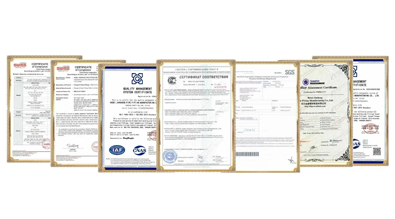
Welcome to RAYOUNG – Strong Pipes, Stronger Promise
